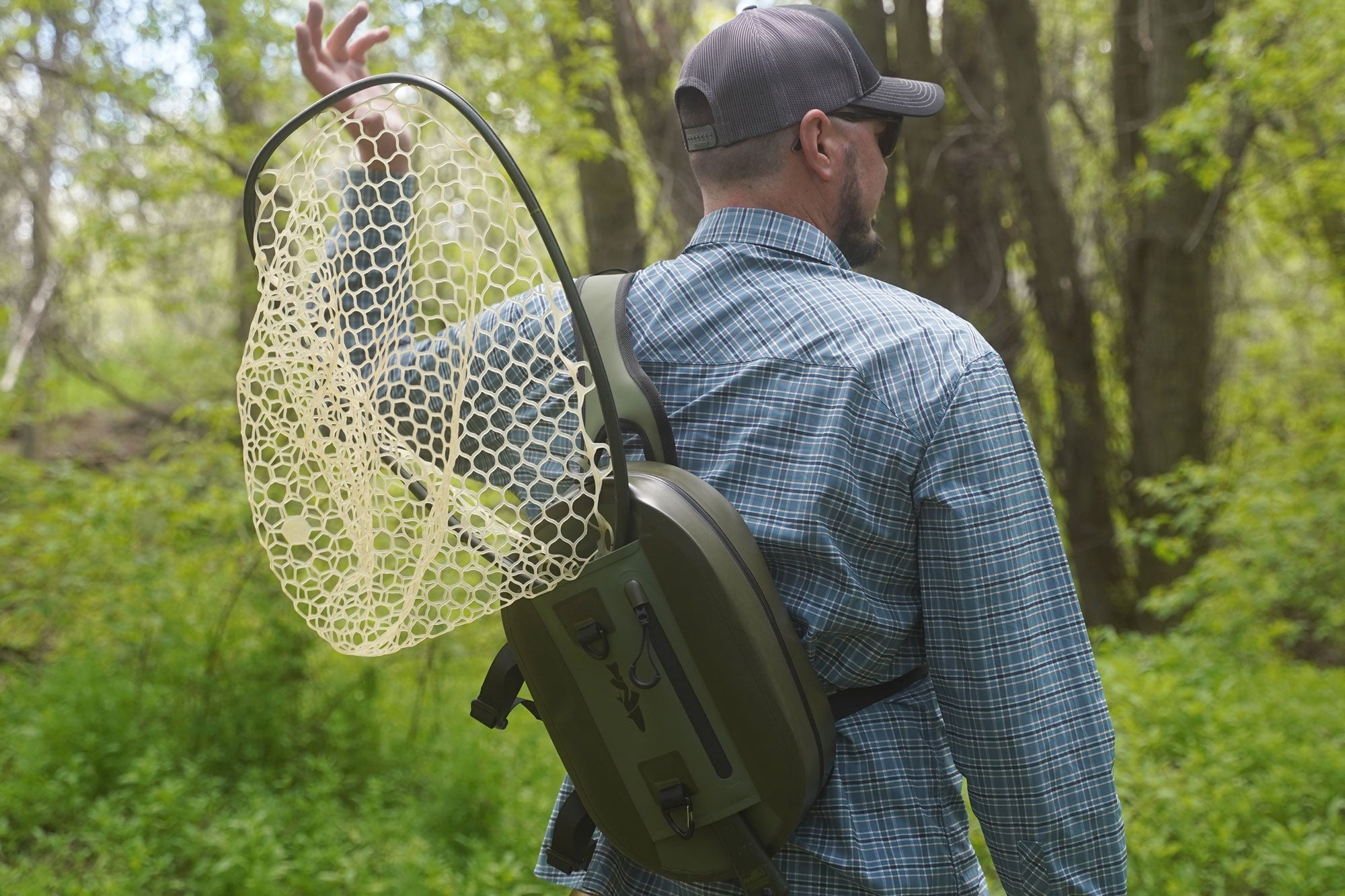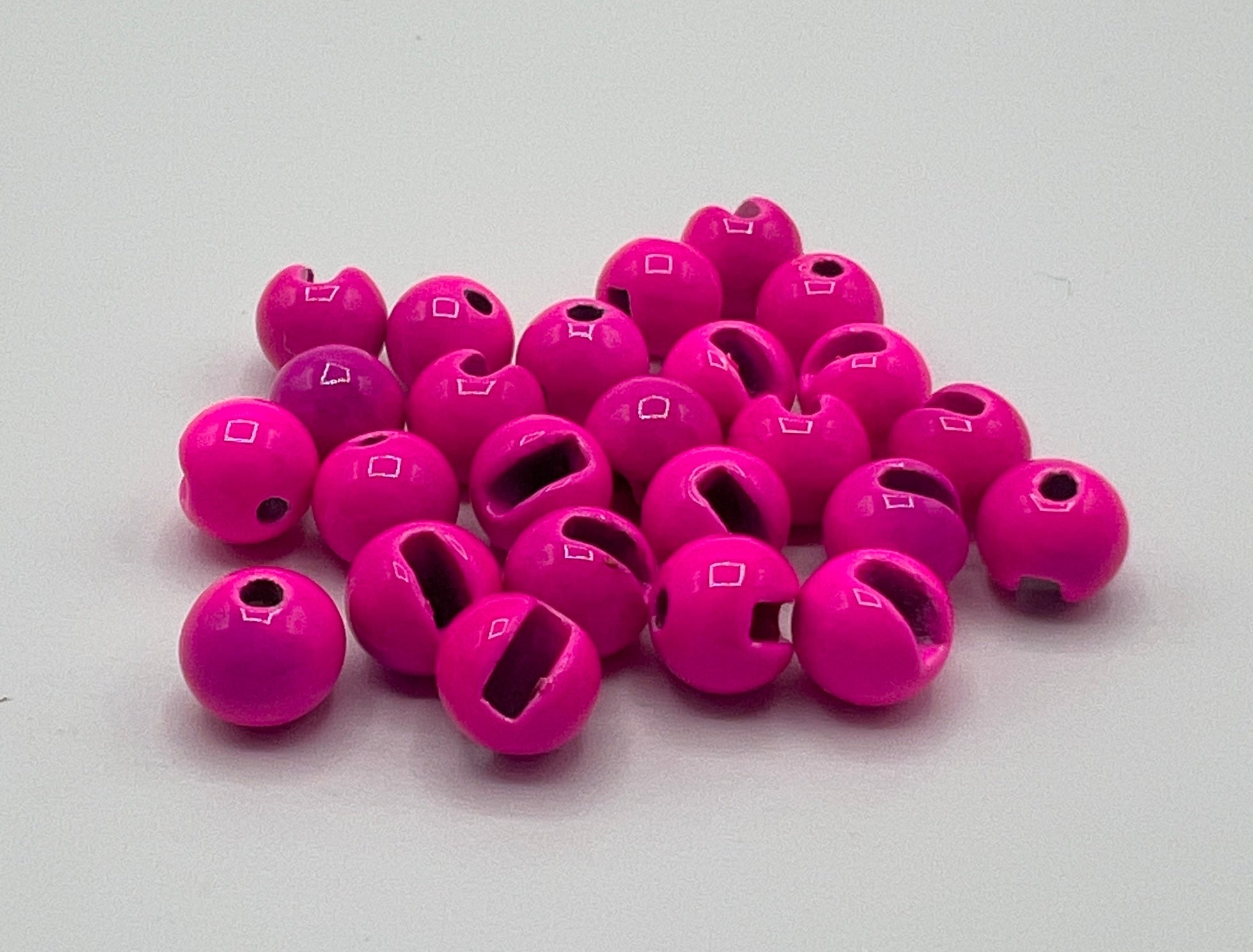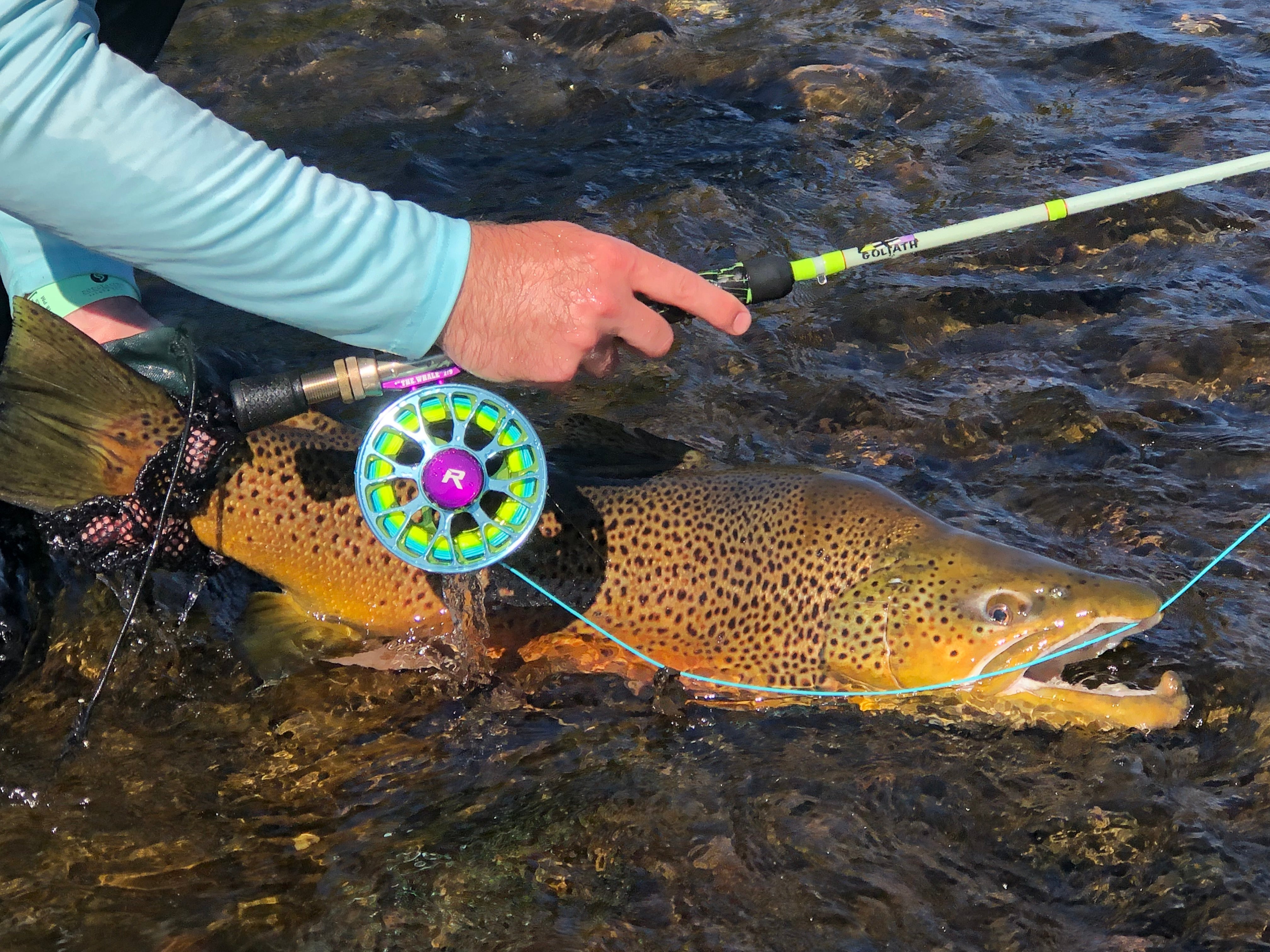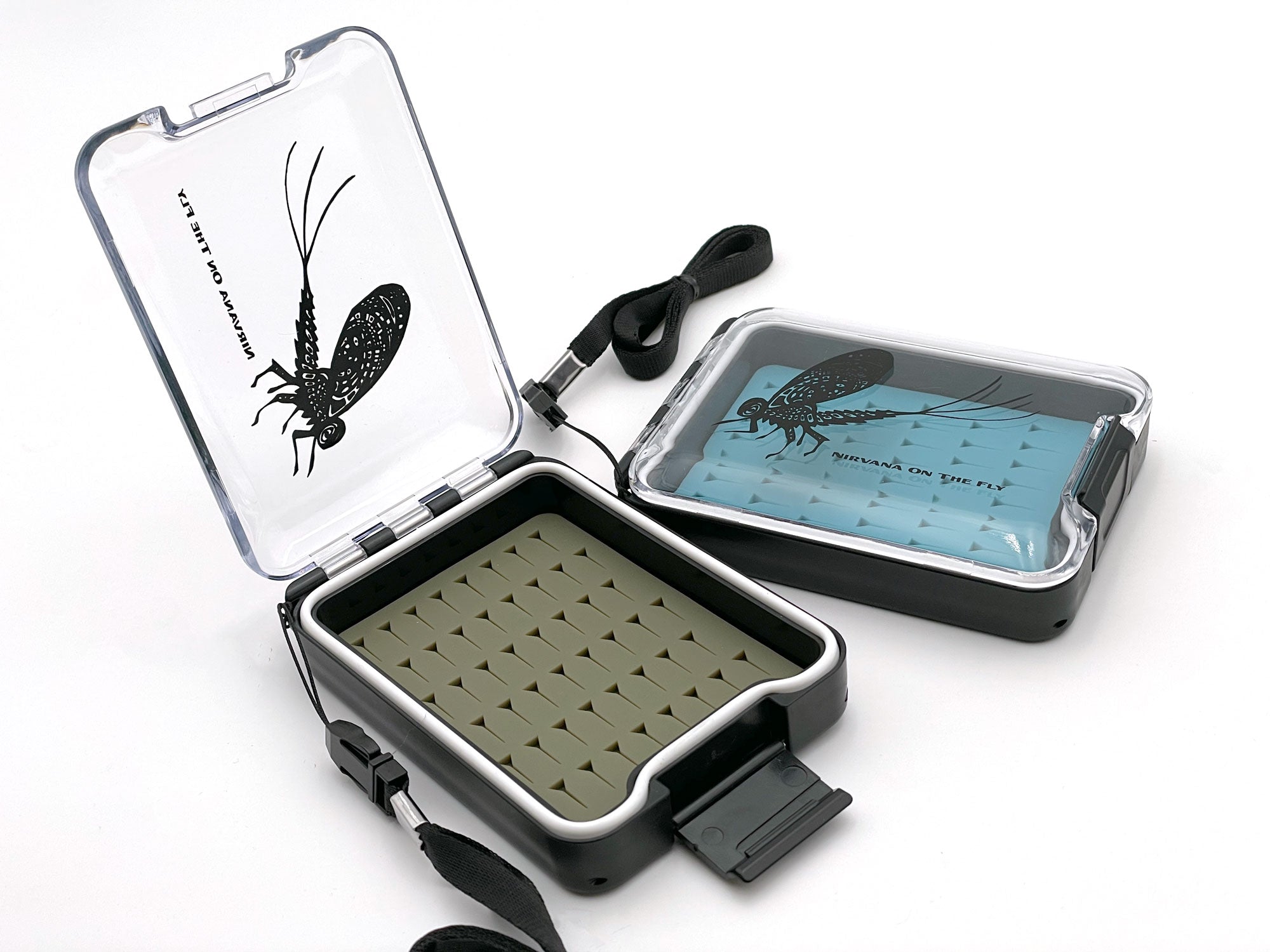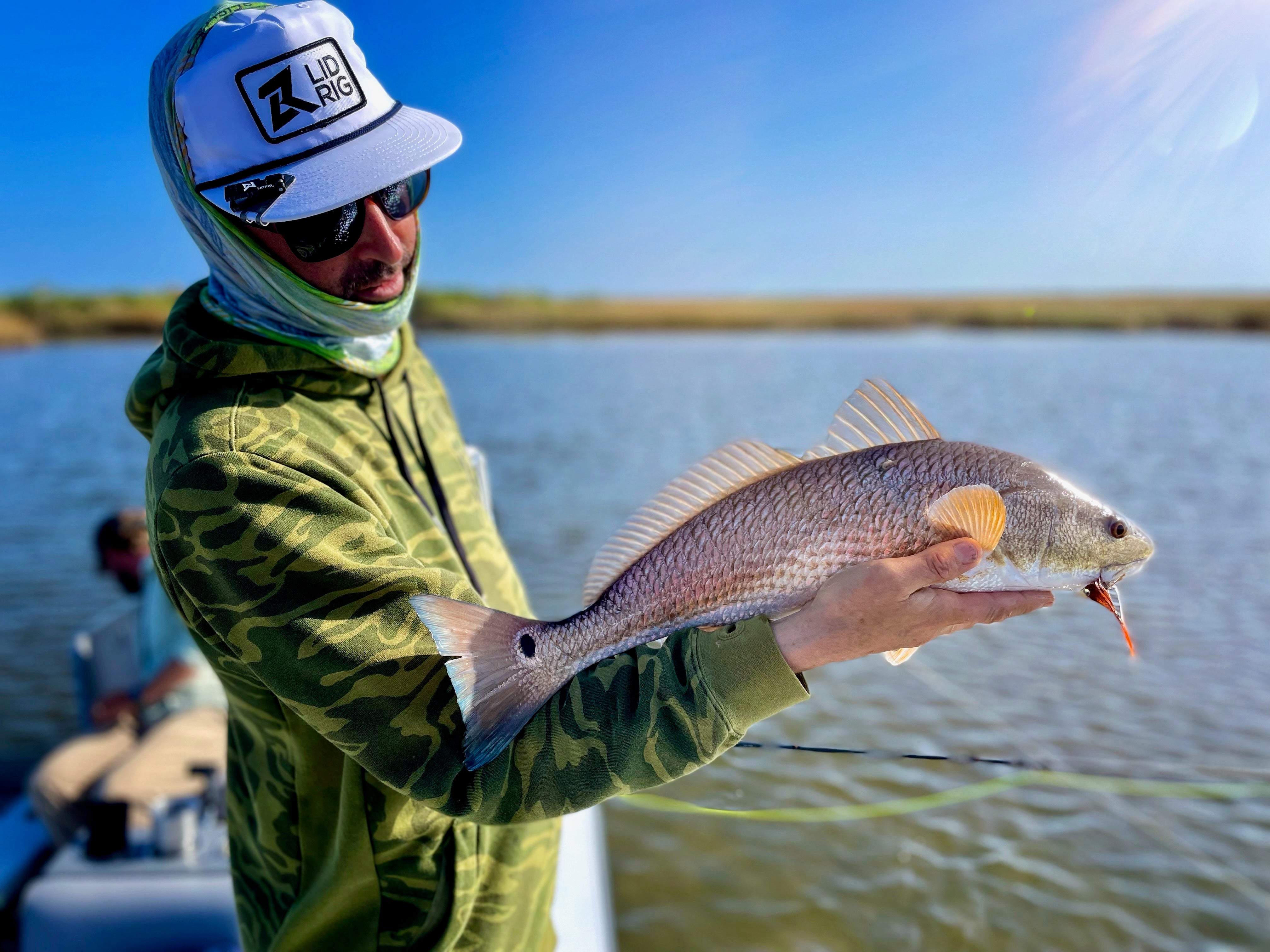Sinking fly lines are a vital part of the fly fishing Think about it…why is it so important for your nymphs to get deep and to the bottom? It’s the same premise with your streamers. I want to look at sinking fly lines, shedding light on their importance, the different types available, their specific applications, and factors to consider when choosing one.
Understanding Sinking Fly Lines
A sinking fly line is distinct from a floating line due to its ability to submerge in the water column. This feature is critical when you want to present your fly at different depths, enabling you to effectively target fish that reside in deeper waters. The ability to control the depth of your fly broadens your reach as an angler, providing a strategic edge in various fishing scenarios. Additionally, I try to use my fly line as the weighted sinking agent over a weighted fly as much as possible. Heavy flies are hard to cast and casting means I’m covering ground so I want as much ground covered to optimize my chances of presenting the fly to a new target.
Types of Sinking Fly Lines
Sinking fly lines come in different types, each designed to cater to specific fishing conditions and strategies. The main types include sink-tip lines and full-sink lines, each with its unique use.
- Sink-Tip Lines: These lines have a dual-nature design, with a terminal section (typically ranging from 5 to 25 feet) designed to sink, while the rest of the line remains afloat. The sink-tip design allows anglers to fine-tune the depth at which their fly operates by controlling the length of the sinking section submerged. This adaptability is particularly beneficial when fishing over varying bottom contours or targeting fish suspended at mid-water levels.
-
Full-Sink Lines: As the name suggests, full-sink lines are designed to sink along their entire length. This design is ideal for reaching the deepest layers of water, whether you’re fishing in deep waters, navigating fast currents, or aiming to present the fly close to the bottom. Full-sink lines ensure that your fly descends quickly and maintains the desired depth, providing an effective solution for deep-water fishing challenges.
Note: Many lines have graduated weight throughout the line or tapered weight meaning the line sinks in more of a straight line to the tip vs. a bowed line which leaves slack in the line and takes away the direct contact with the fly. Having that additional slack will slow down your set and cause you to miss hook sets. More on this later.
Use of Sinking Fly Lines
The use of sinking fly lines is strategic, aimed at situations where achieving depth quickly and efficiently is crucial. Such scenarios may include fishing against strong currents, during boat drifts in deep rivers or lakes, or when the target species are found near the bottom. The choice between sink-tip and full-sink lines is dictated by the specific depth and current conditions encountered.
Choosing the Right Sinking Fly Line
Selecting an appropriate sinking fly line involves several critical considerations, each influencing the line’s performance and compatibility with the fishing environment:
- Line Weight: Sinking lines come in a range of weights, necessitating a choice that complements the angler’s rod and the size of the fly being used. The correct line weight enhances casting accuracy and the behavior of the fly in the water.
- Taper Design: The taper of the line influences its casting dynamics and depth control. For instance, weight-forward tapers can enhance casting distance, which is beneficial when covering large water bodies or reaching distant targets. It also causes graduated depth change based on the weight so the line sinks in a direct line from the angler therefore increasing your fly to angler contact.
- Sink Rate: The descent speed or sink rate of the line is a crucial factor, with different lines offering varying sink rates. Matching the sink rate to the intended fishing depth ensures effective fly presentation.
Check out this article on: Grain Weights for Sinking Fly Lines
Overall, the effectiveness of sinking fly lines in extending the angler’s ability to quickly and effectively reach depths is undeniable. A thorough understanding of the types, applications, and selection criteria of sinking fly lines can significantly enhance one’s fly fishing skills, enabling more strategic and successful pursuits of deep-dwelling fish species. I suggest starting to experiment with sinking leaders as a cost effective alternative and very effective in smaller creeks and rivers. As you become more advanced you can graduate to sink tips and full sink lines. Good luck out there!
***Do you want to get deals on equipment, fly fishing trips, and lots of information? Become a member of the Loyalty Club on the Fly Fishing Insider Podcast.

Fly Fishing Insider Podcast Official Website
Instagram Fly Fishing Insider Podcast
Instagram Dupeafish
Facebook
Pinterest
Twitter
LinkedIn
Tumblr


